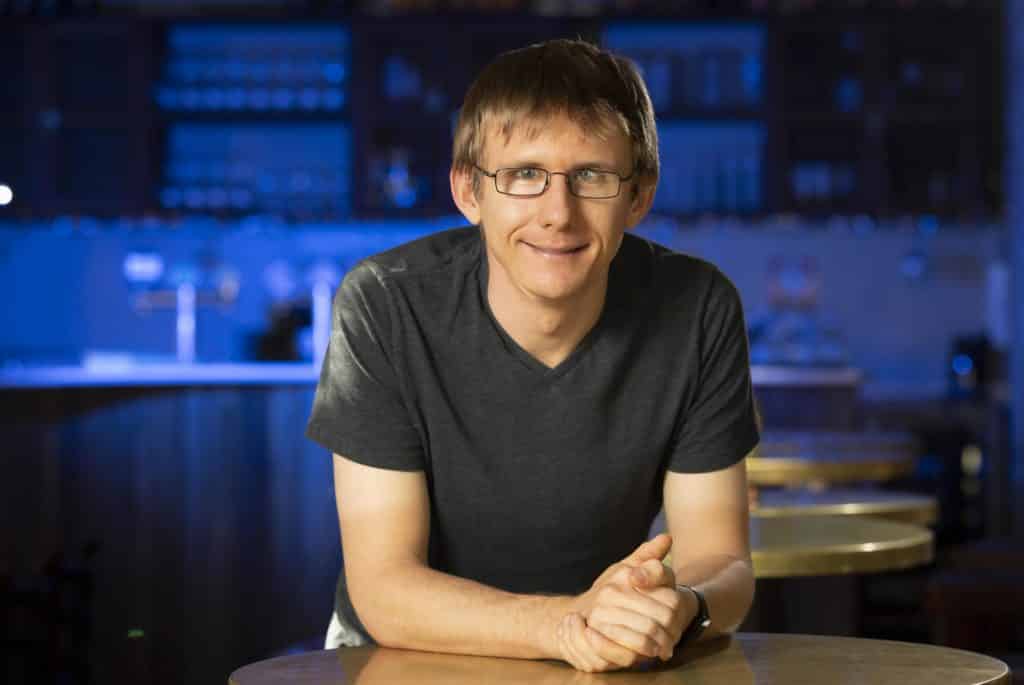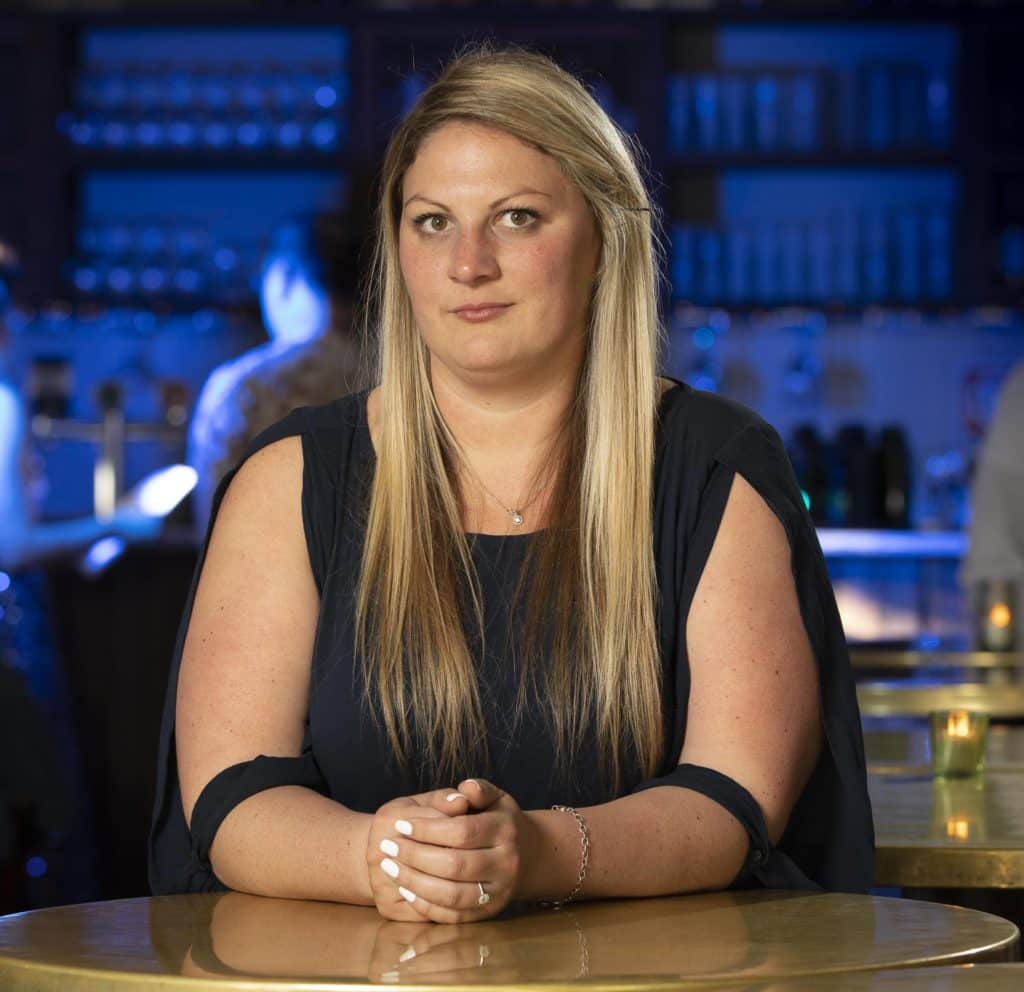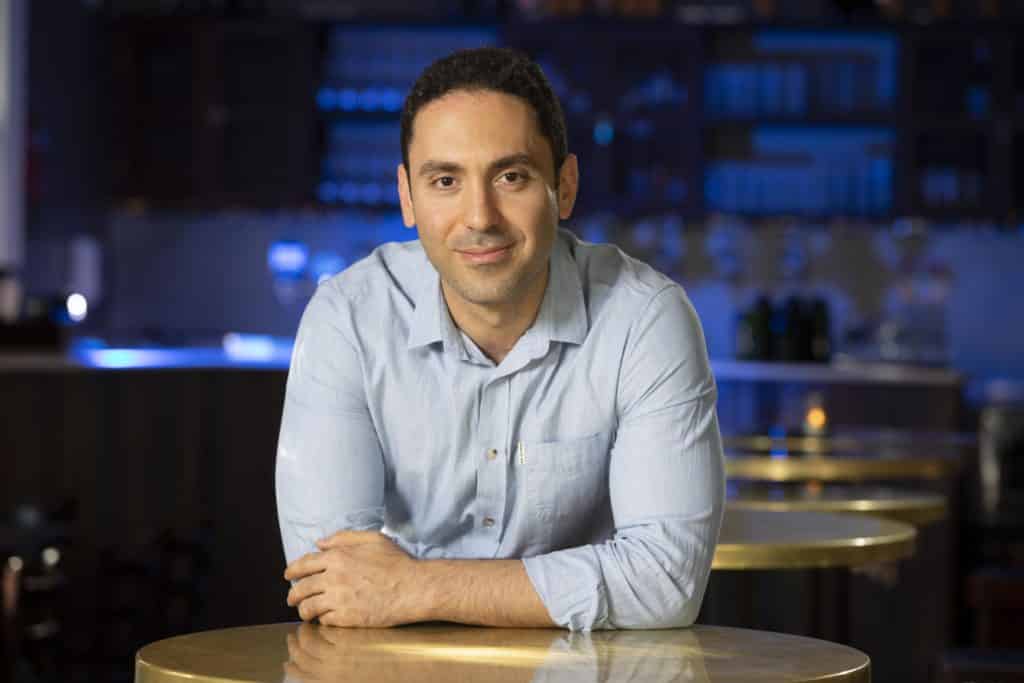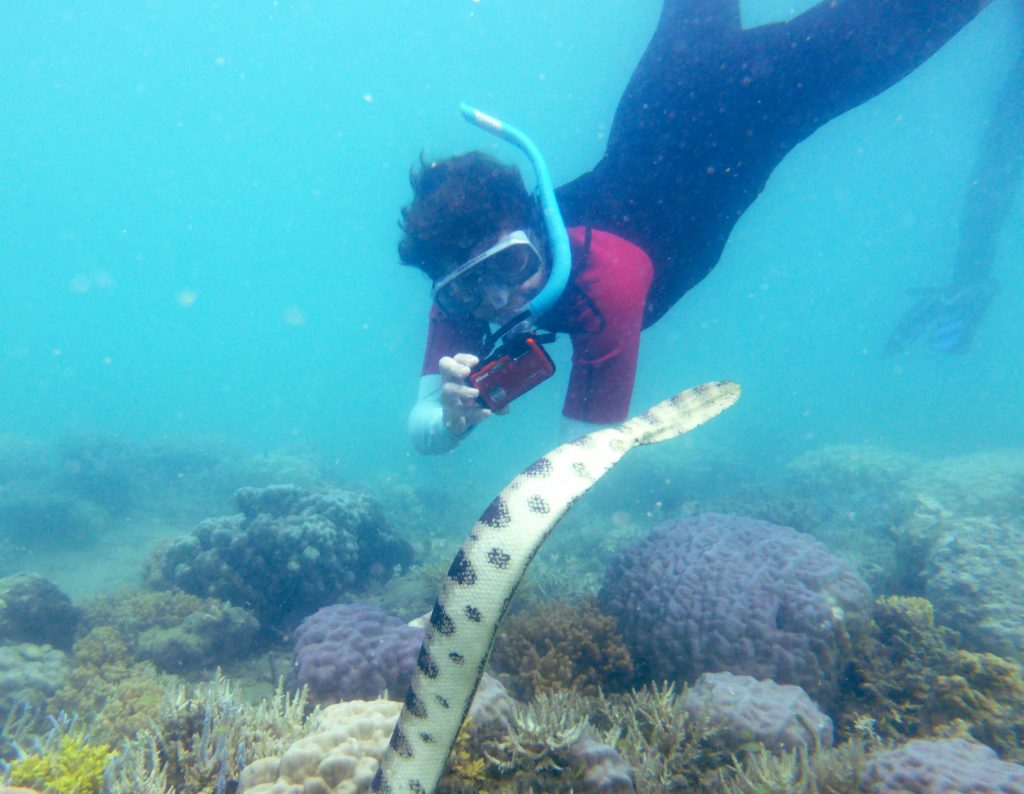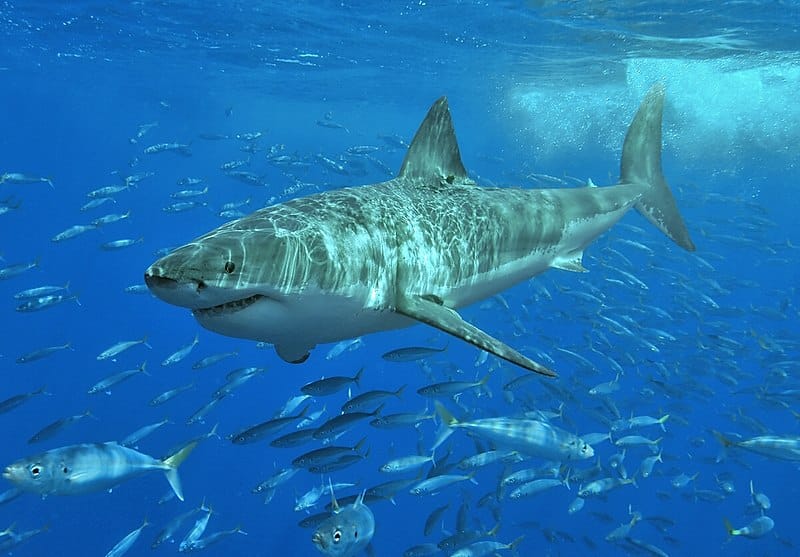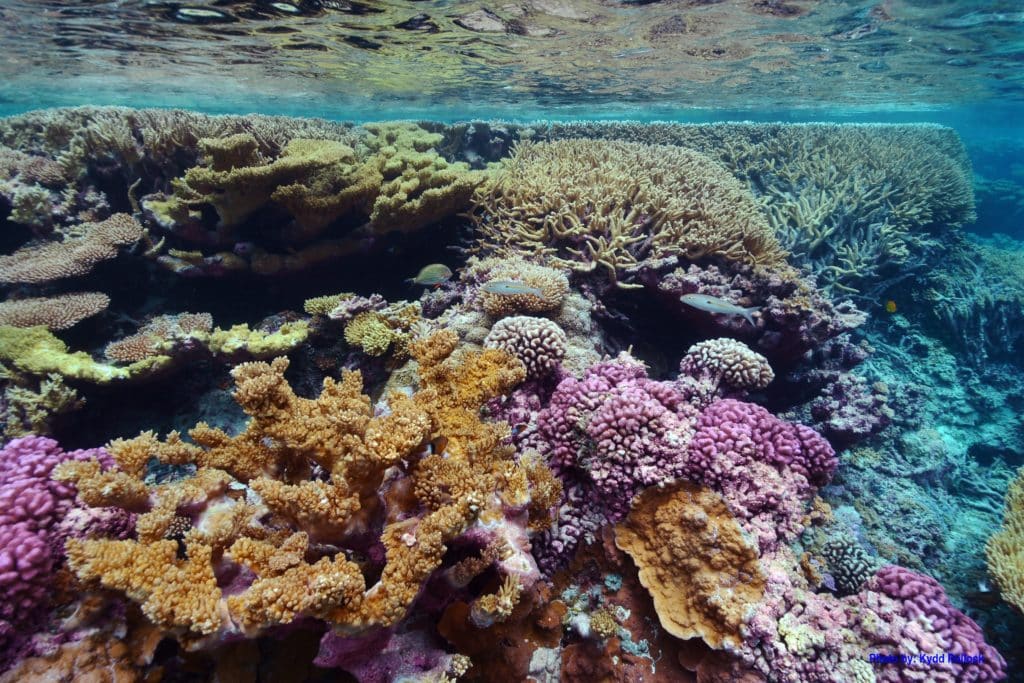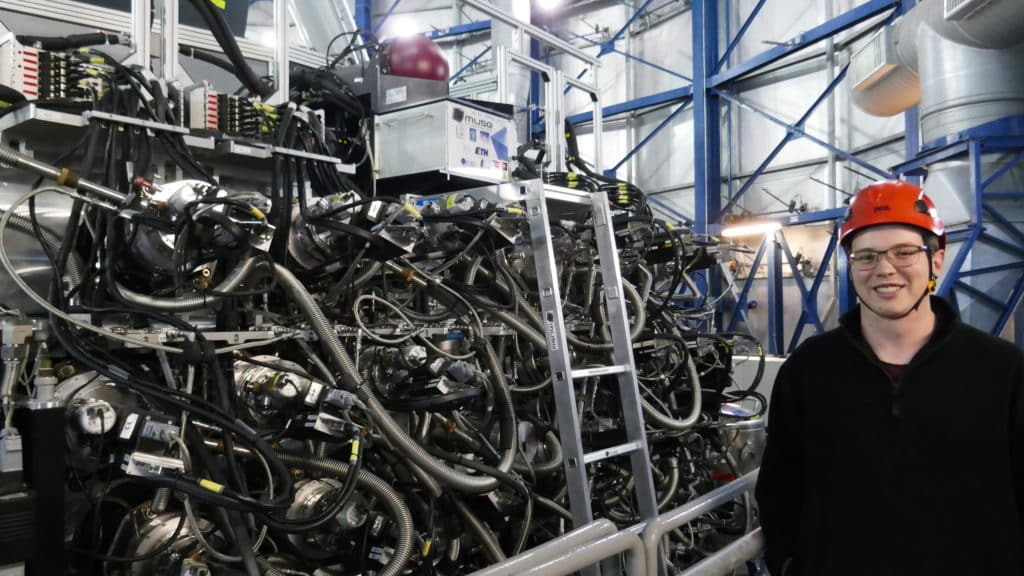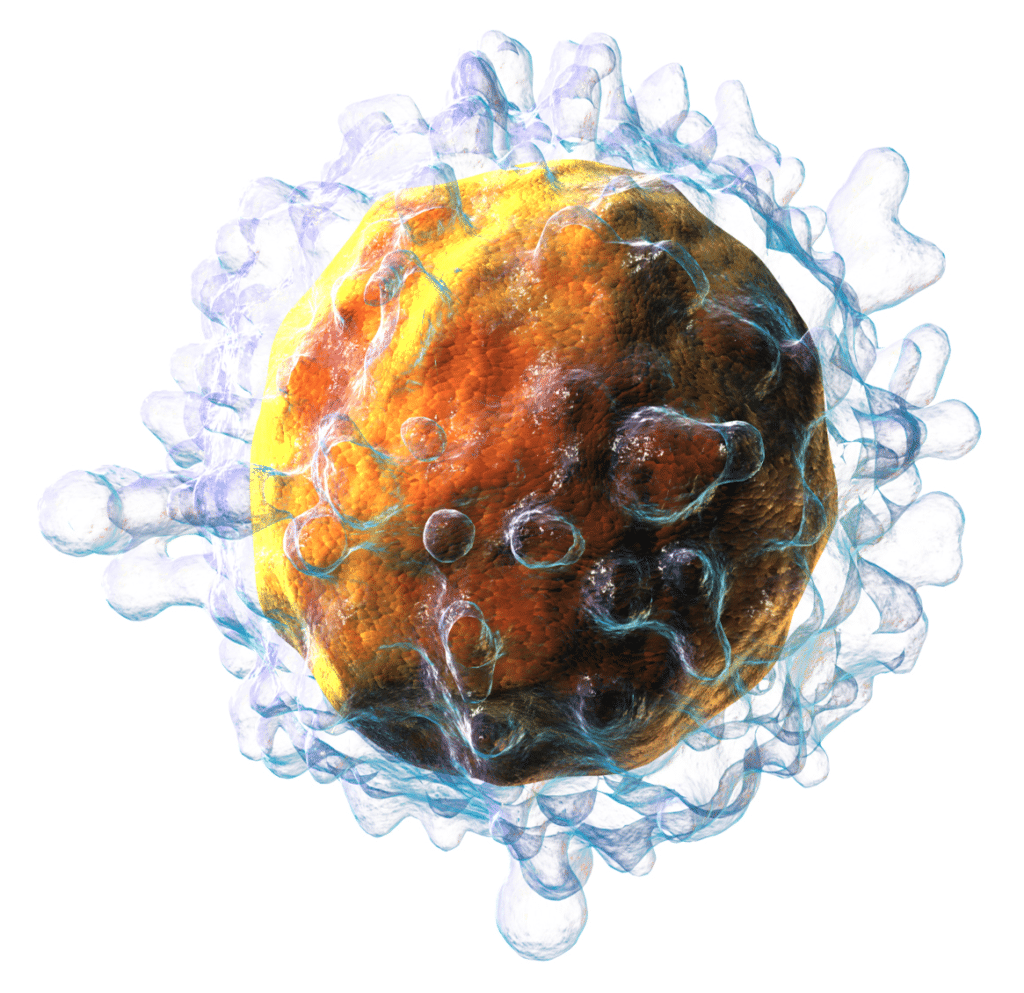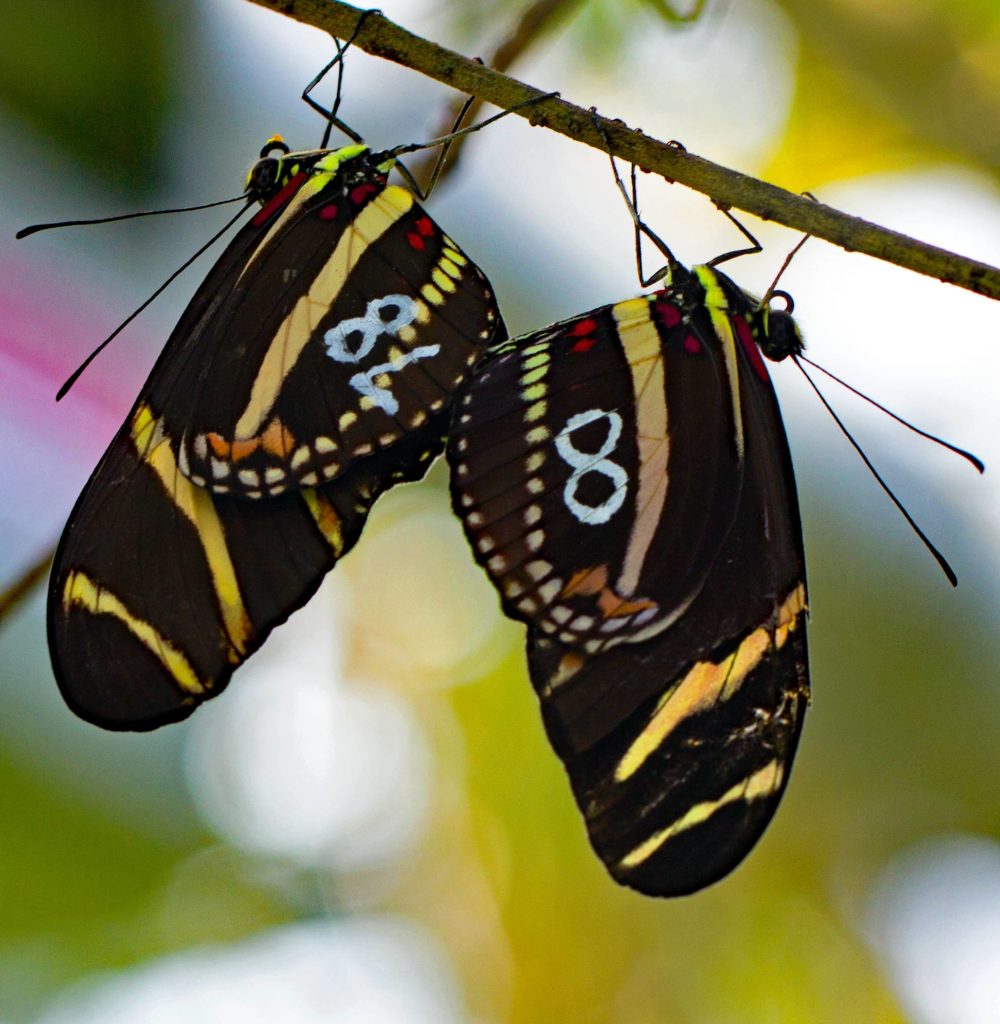Unusual galaxy set to prompt rethink on how structures in the Universe form
Astronomers have captured an image of a super-rare type of galaxy – described as a “cosmic ring of fire” – as it existed 11 billion years ago.
The galaxy, which has roughly the mass of the Milky Way, is circular with a hole in the middle, rather like a titanic doughnut. Its discovery, announced in the journal Nature Astronomy, is set to shake up theories about the earliest formation of galactic structures and how they evolve.
Continue reading Astronomers see ‘cosmic ring of fire’, 11 billion years ago


